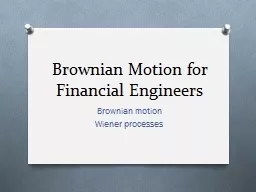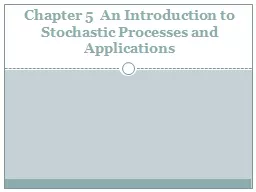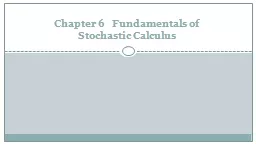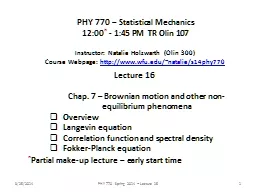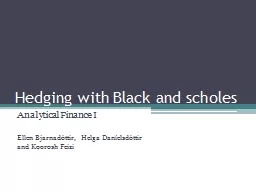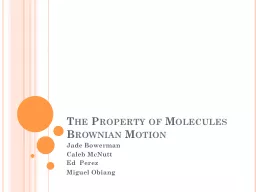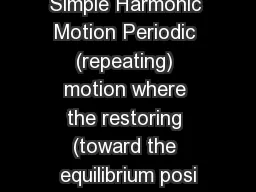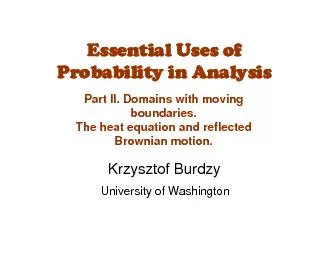PPT-Brownian Motion for Financial Engineers
Author : test | Published Date : 2018-11-14
Brownian motion Wiener processes A process A process is an event that evolved over time intending to achieve a goal Generally the time period is from 0 to T During
Presentation Embed Code
Download Presentation
Download Presentation The PPT/PDF document "Brownian Motion for Financial Engineers" is the property of its rightful owner. Permission is granted to download and print the materials on this website for personal, non-commercial use only, and to display it on your personal computer provided you do not modify the materials and that you retain all copyright notices contained in the materials. By downloading content from our website, you accept the terms of this agreement.
Brownian Motion for Financial Engineers: Transcript
Download Rules Of Document
"Brownian Motion for Financial Engineers"The content belongs to its owner. You may download and print it for personal use, without modification, and keep all copyright notices. By downloading, you agree to these terms.
Related Documents

